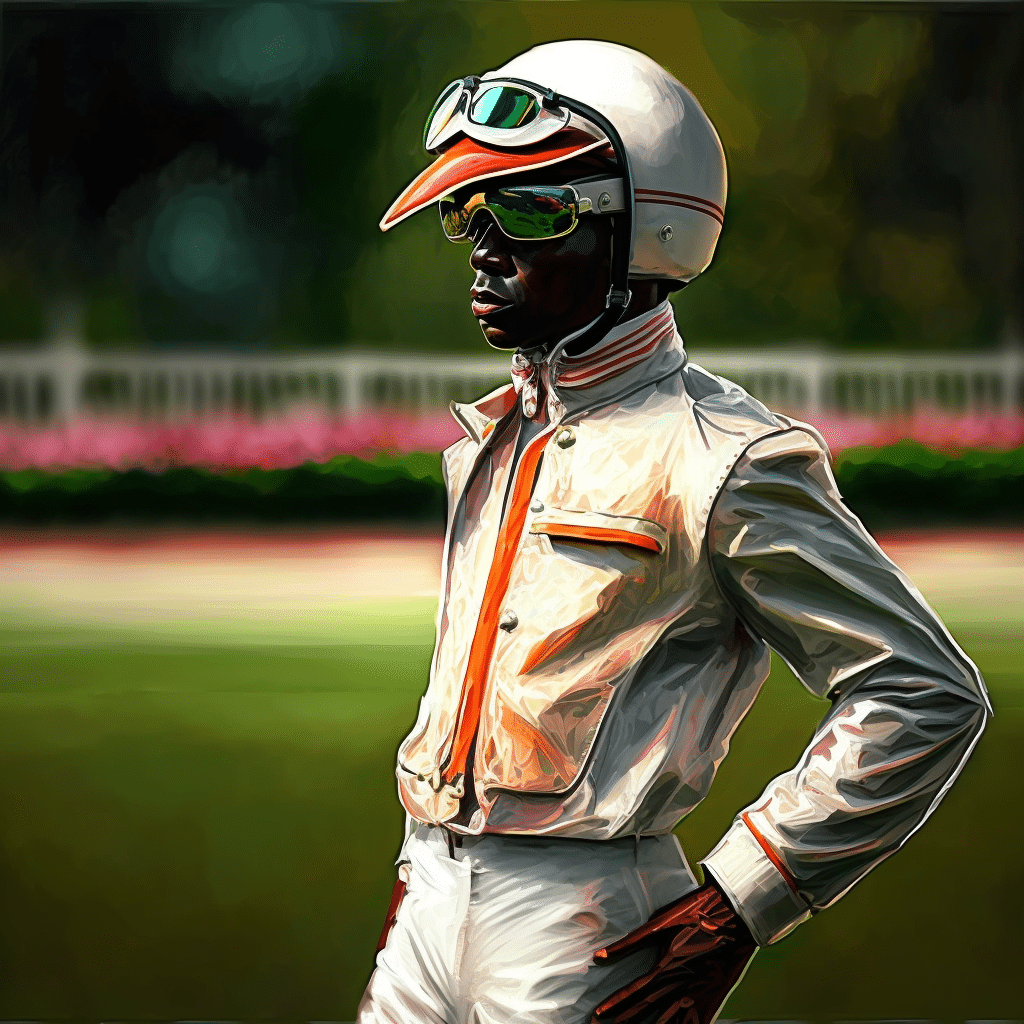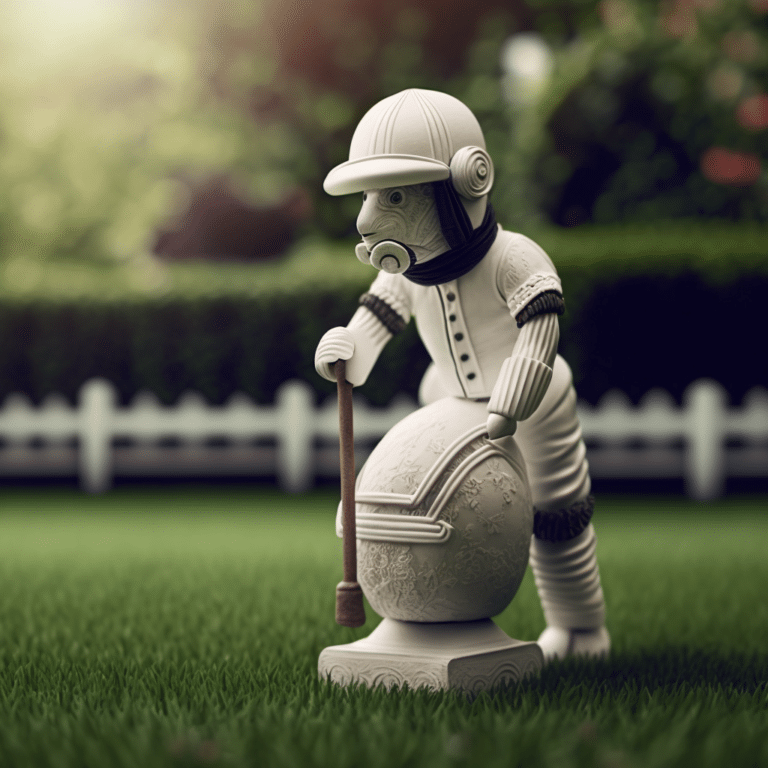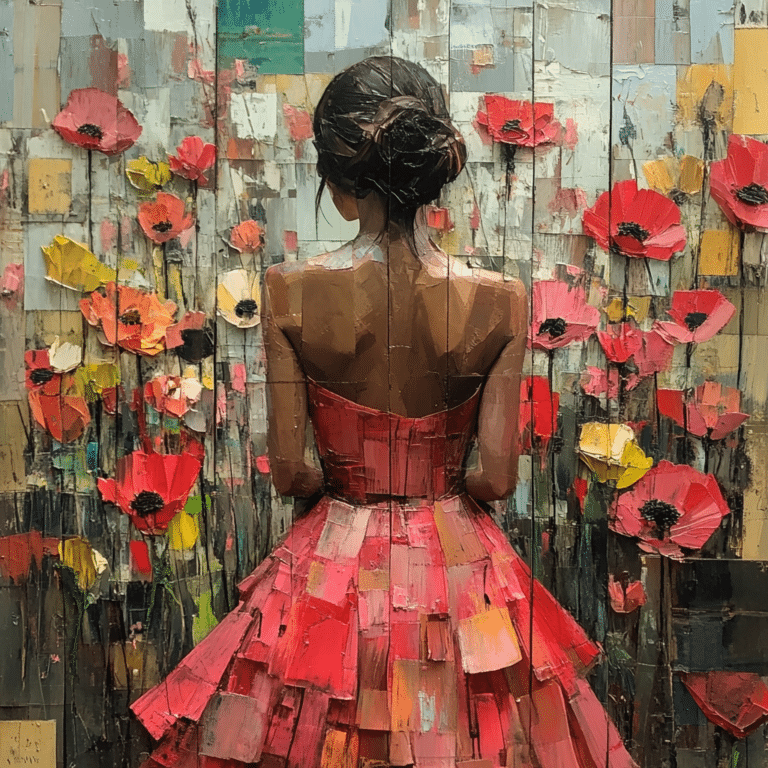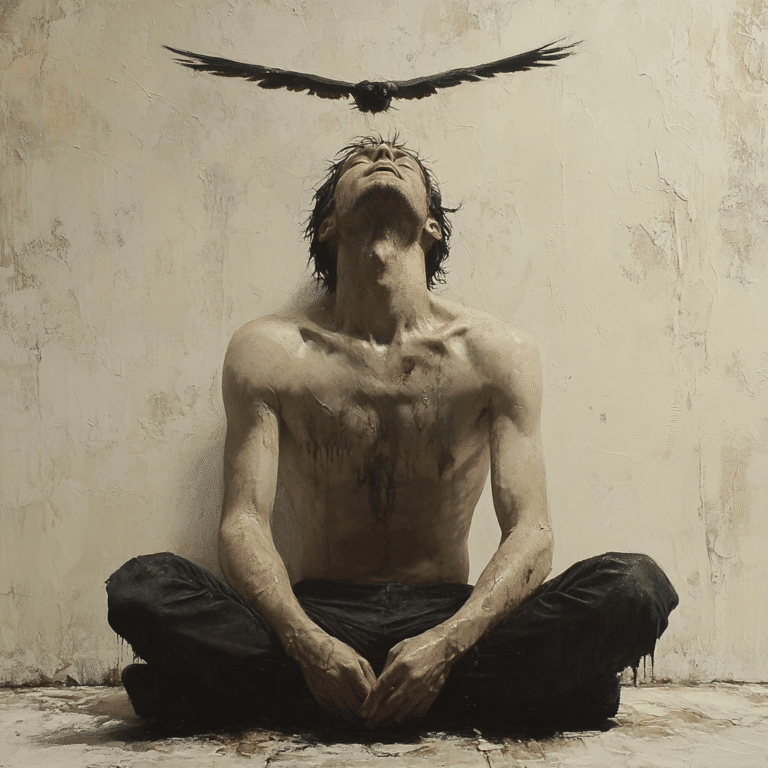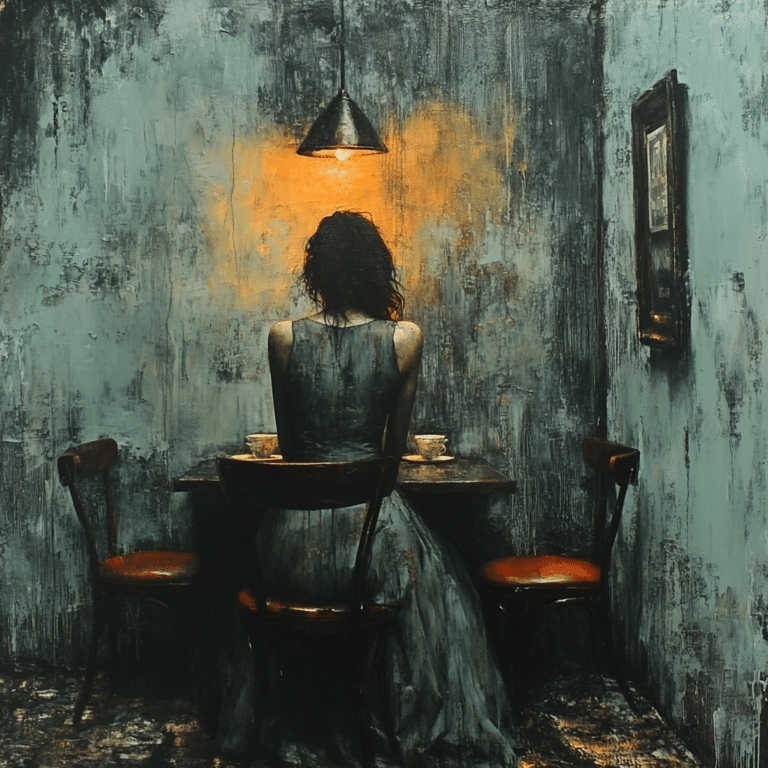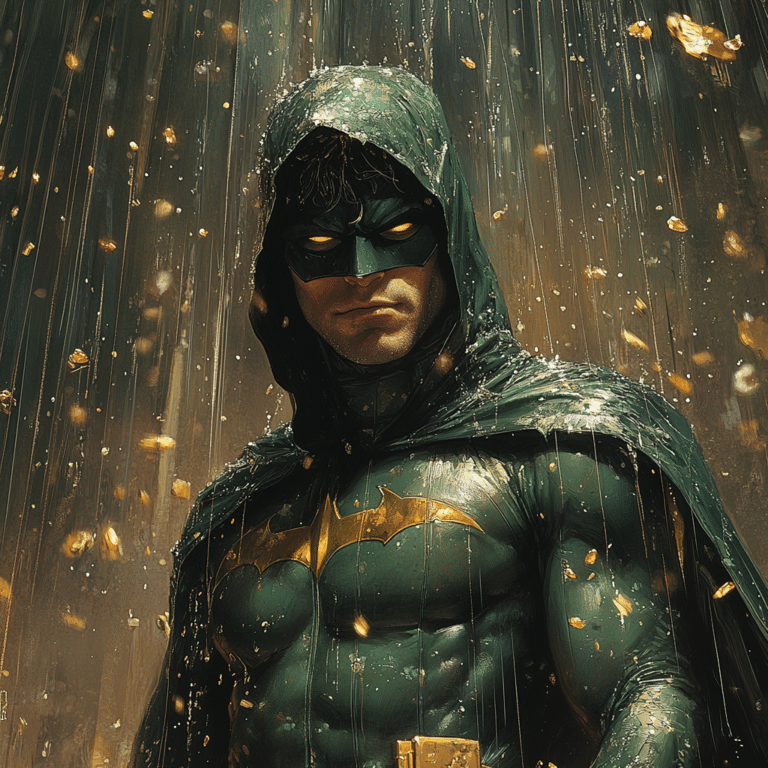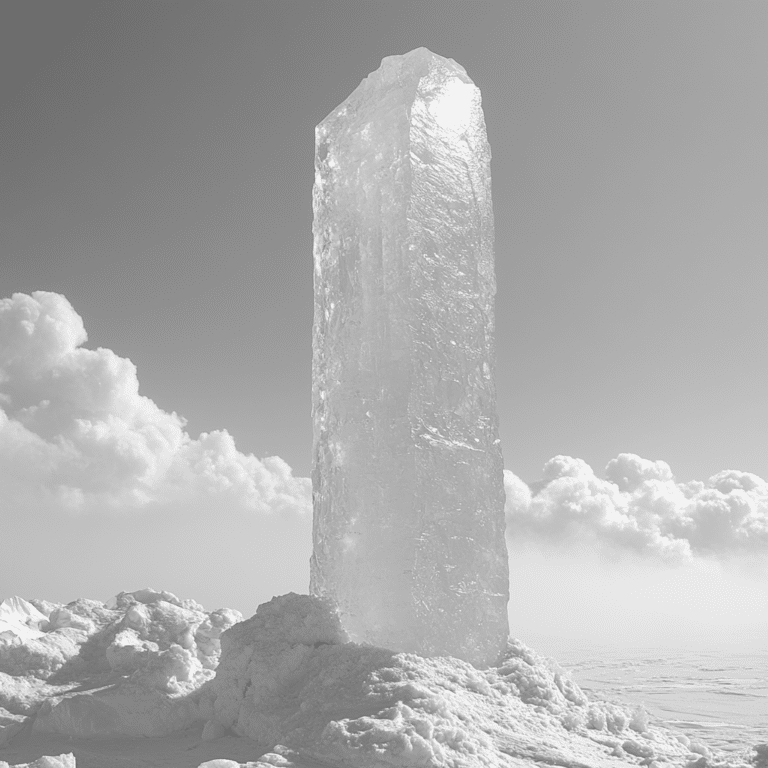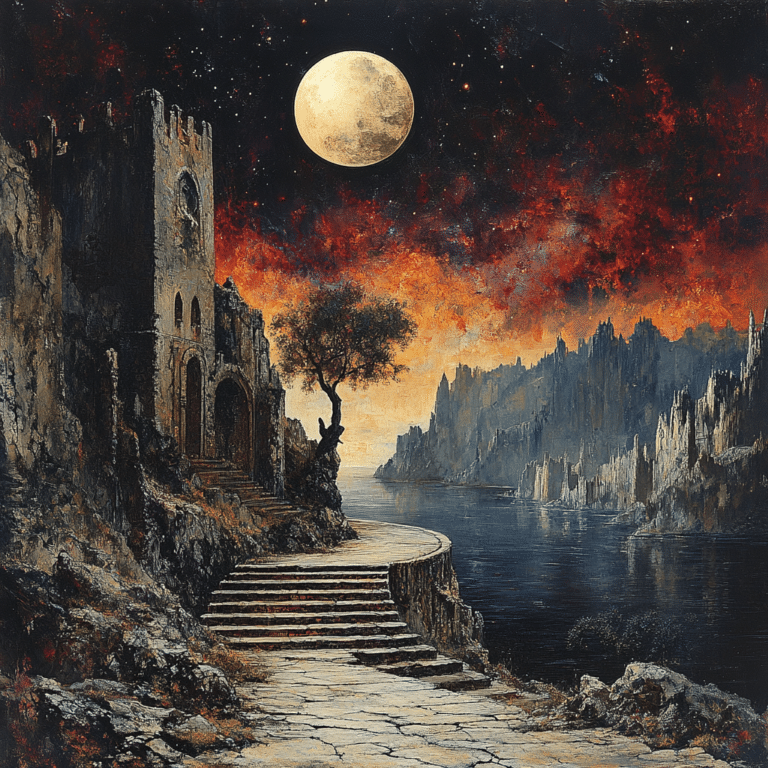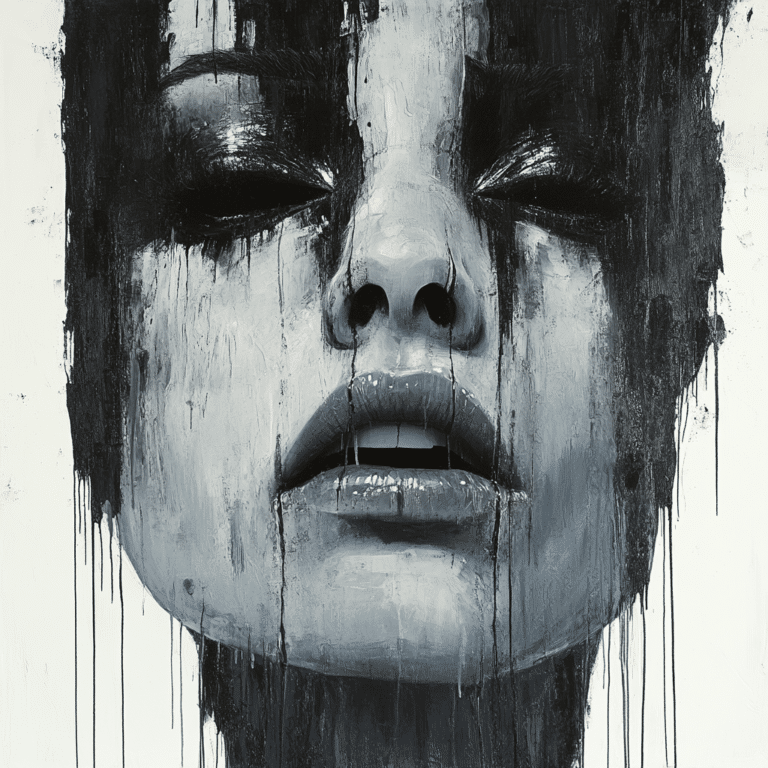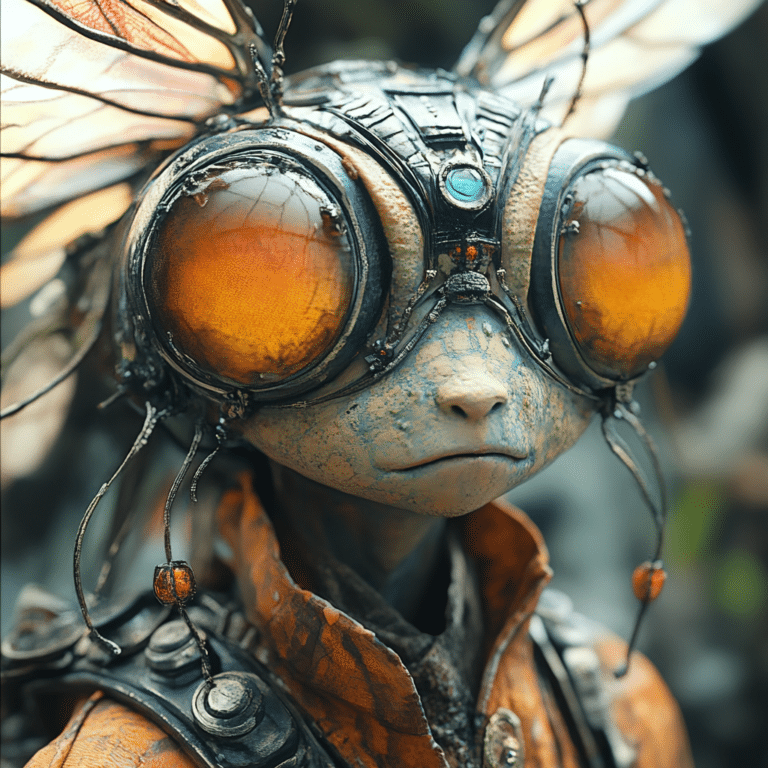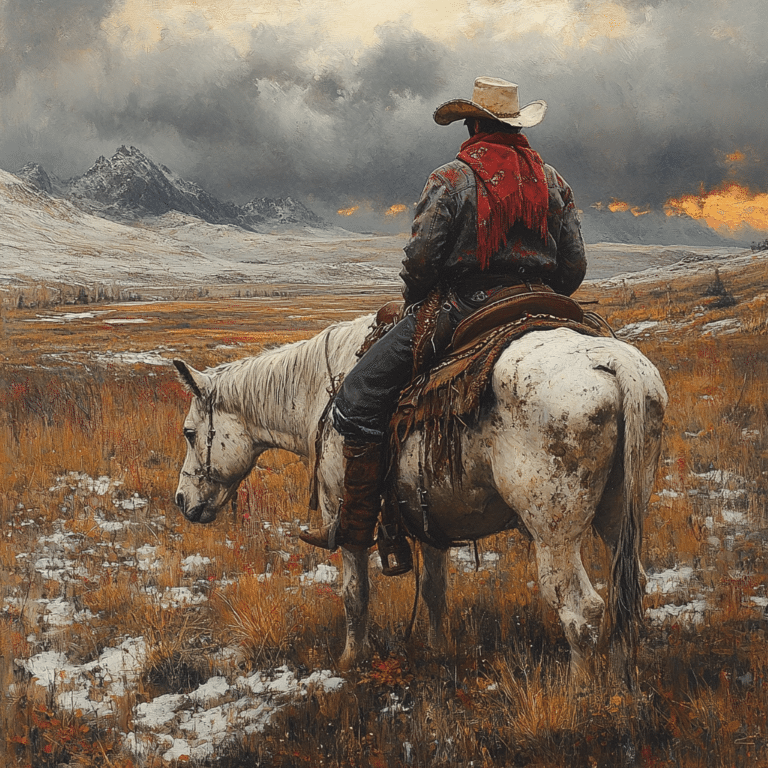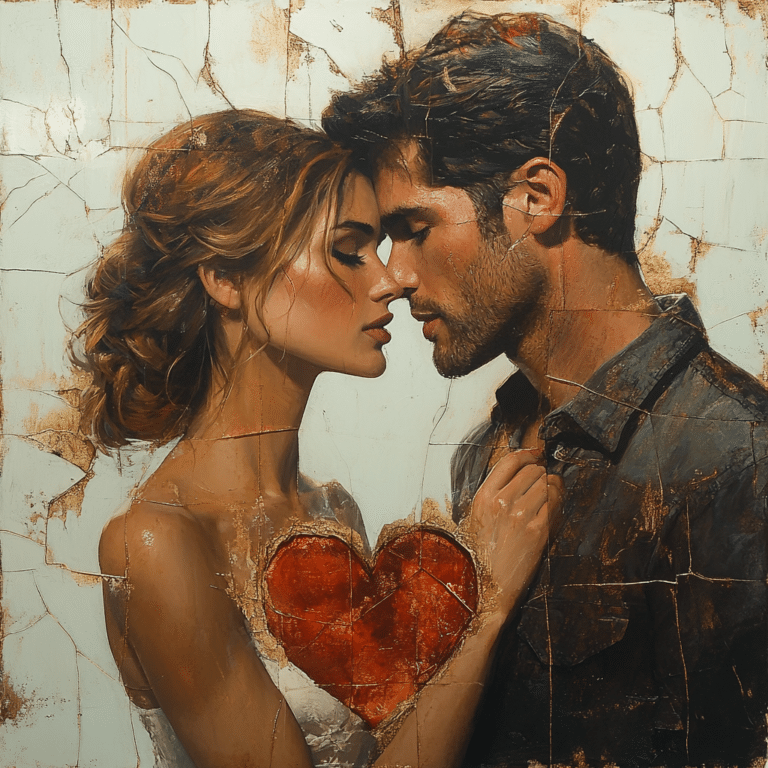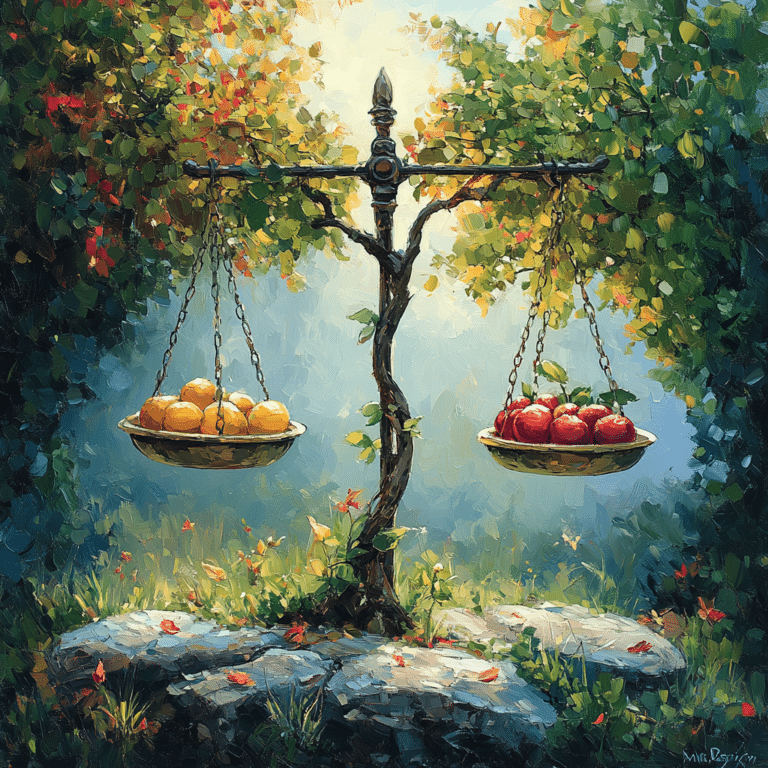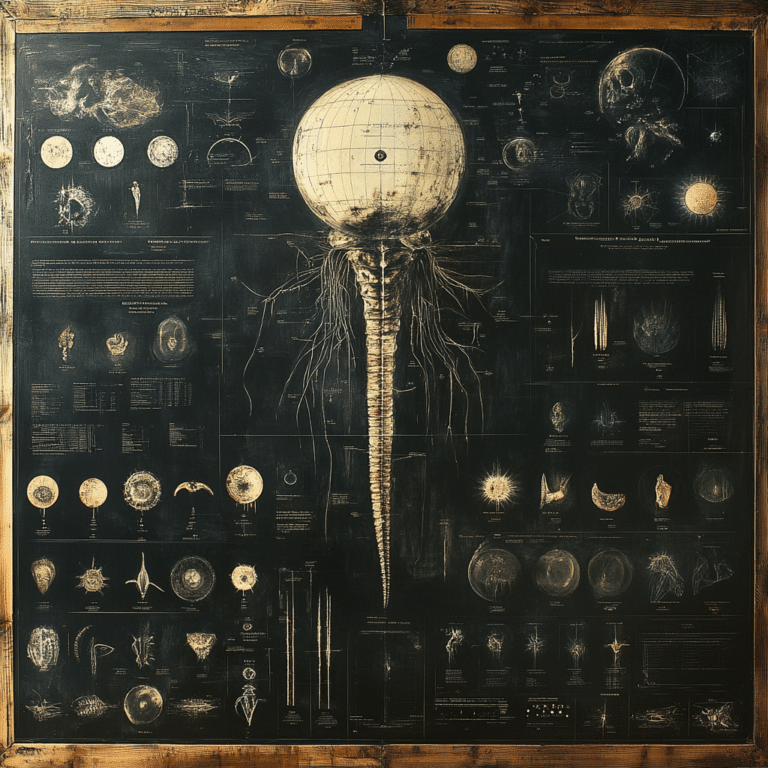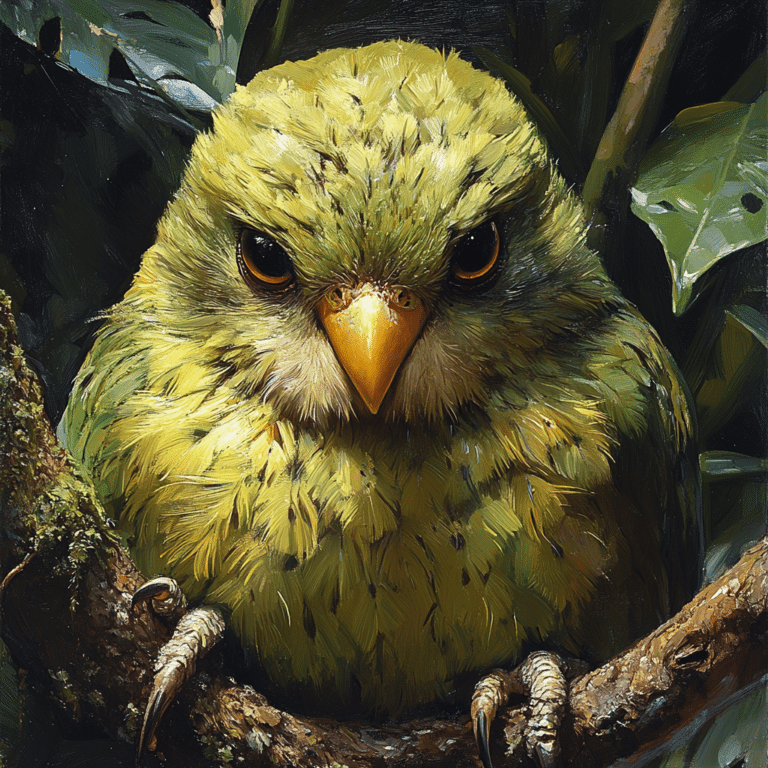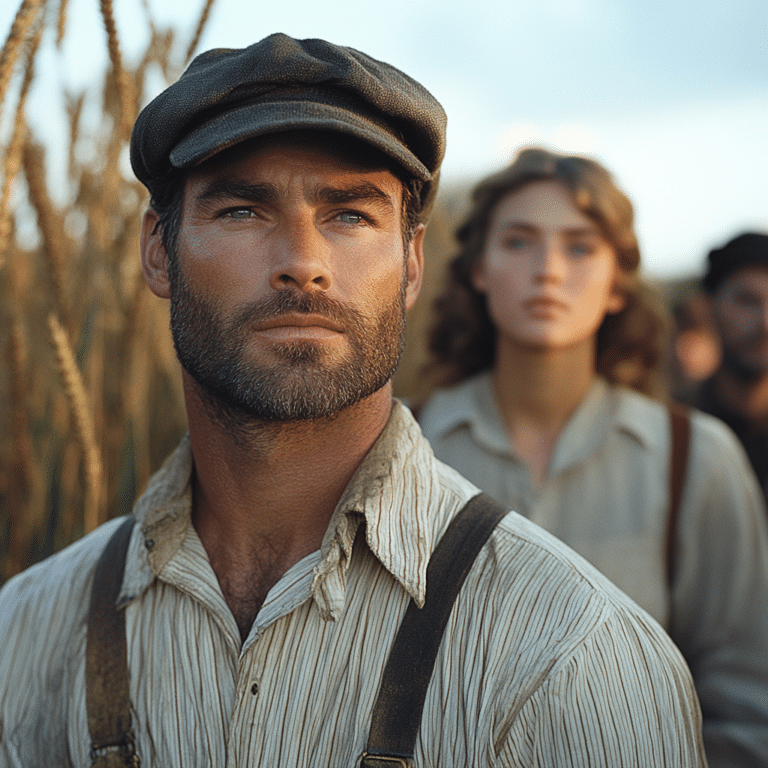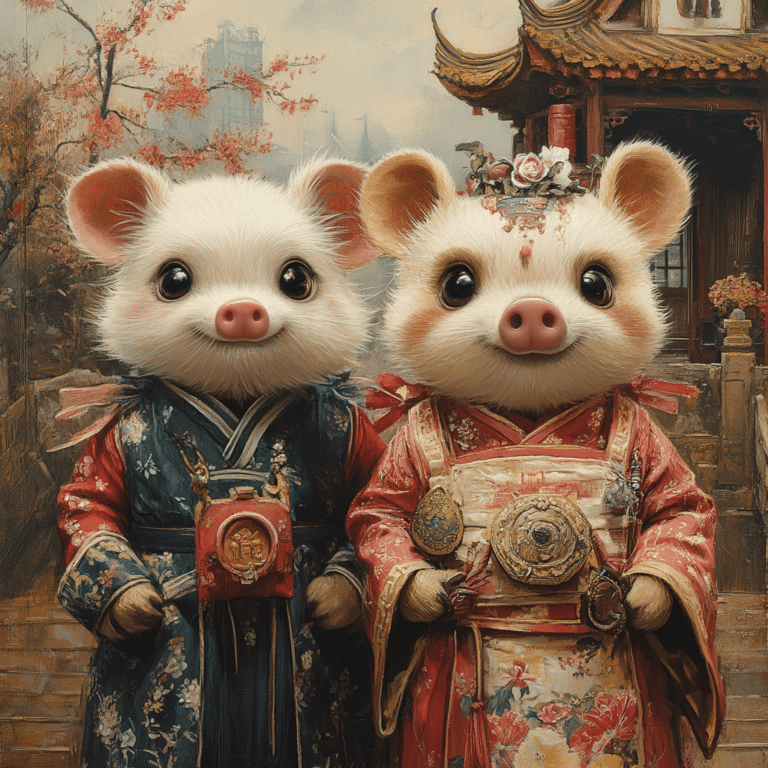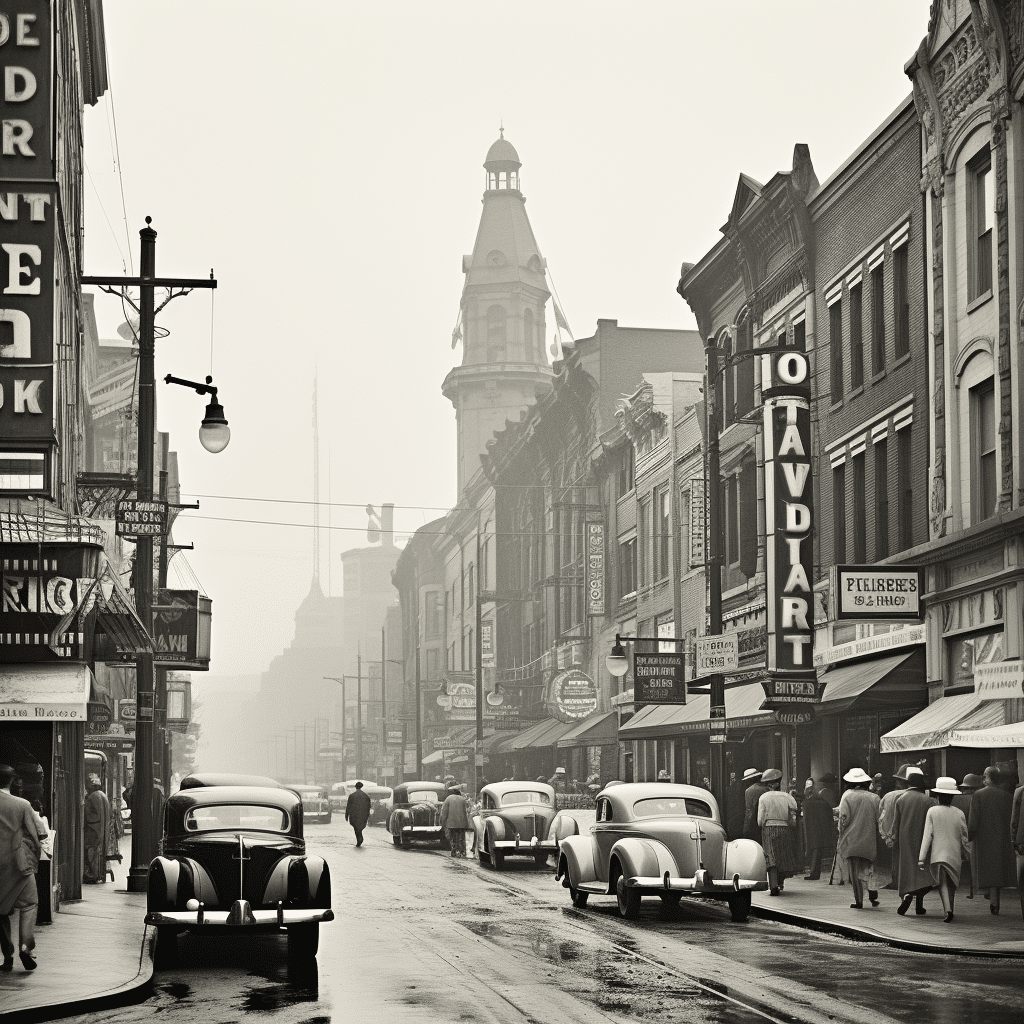The lawn jockey stands as a potent symbol blending cultural history, controversy, and varied interpretations. Throughout its existence, this cast-iron figure depicted holding a lantern has excavated dialogues across time, geography, and societal boundaries. For the curious reader seeking to grasp this multi-layered icon, each epoch unveils another facet of the lawn jockey’s significance.
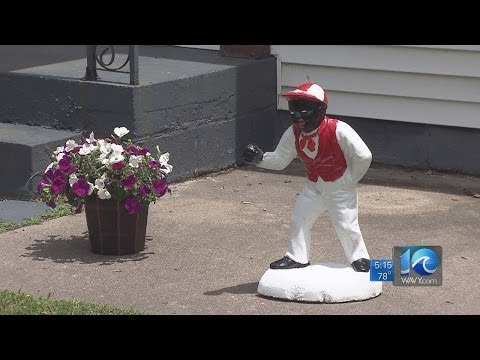
Origin of the Lawn Jockey: A Deep Dive into Historical Context
Revolutionary Era and Historical Accounts
In tracing its enigmatic roots, the lawn jockey transports us to the Revolutionary War era. According to popular lore, the statue commemorates Jocko Graves, a young Black boy who served George Washington with commendable bravery. While historical veracity of this account is often debated, the tale embodies a symbol of respect and resilience within the tumultuous context of America’s struggle for liberty.
Interpretations Across African American History
Fast-forward to the intertwined narratives of the Civil War and the Underground Railroad, the lawn jockey purportedly served as a clandestine beacon for runaway slaves. Famed tales suggest the lantern operated as a signal for safe havens along escape routes. However, this interpretation, too, oscillates between affirmation from some historians and skepticism from others. The dynamic historical puzzle effortlessly piques human curiosity.
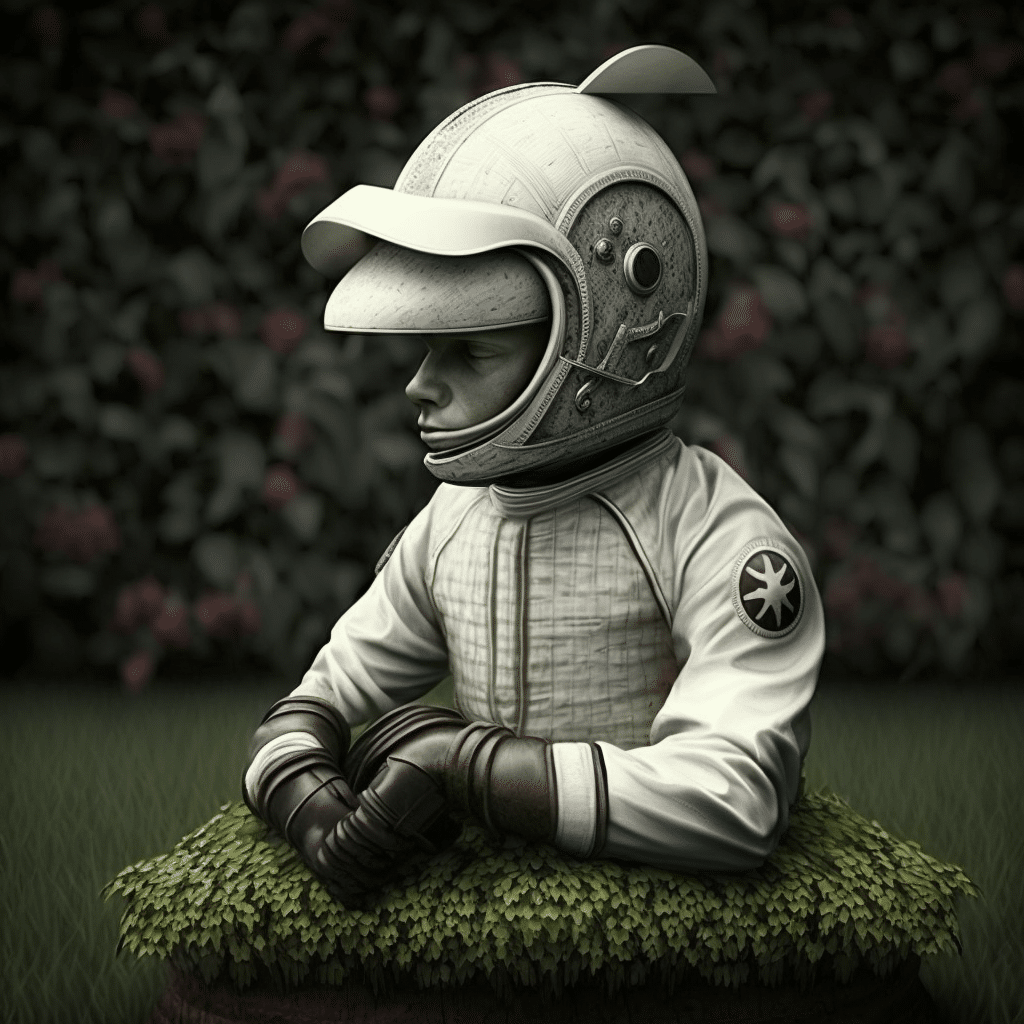
The Transformation and Fabrication in the 19th and Early 20th Century
Production by Historical Brands
Entering the industrial arc of the 19th century, the lawn jockey navigated newer dimensions through mass production. Renowned makers like J.W. Fiske Iron Works and the Hirschhorn Company brought these statues into mainstream consciousness. Cast from iron, these figures now adorned countless properties, transforming into both decorative elements and cultural symbols. This proliferation amplified the visibility and, consequently, the emerging debate surrounding the lawn jockey.
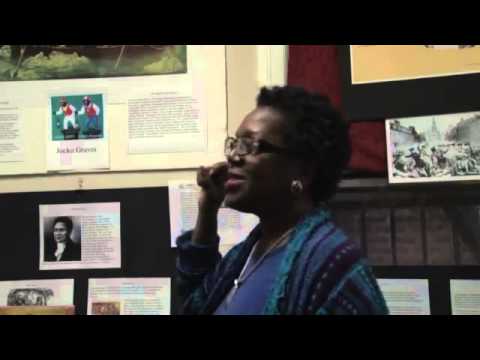
| Aspect | Description/Details |
| Definition | A small statue, historically depicting African American jockeys, often used as a lawn ornament. |
| Historical Significance | Originated in the 19th century; originally used as hitching posts and believed by some to have been signals in the Underground Railroad. |
| Cultural Impact | Seen as a symbol of racial stereotypes, leading to controversy and calls for removal in modern times, though some see them as cultural artifacts and historical educational tools. |
| Design Variations | Classic version features a black figure with jockey attire; modern versions may depict various races and modernize the attire to be less stereotypical. |
| Materials | Traditionally made of cast iron, newer models may use plastic, resin, or other lightweight materials. |
| Uses | Decoration, historical representation, lawn ornament, garden accessory. |
| Modern Relevance | Can symbolize a nostalgic aesthetic or controversial heritage; some see them as collectibles. |
| Price Range | – Antique cast iron versions: $200 – $2,000+ (depending on condition and rarity) |
| – Modern plastic/resin versions: $50 – $200 | |
| Benefits | – Historical interest: Insight into American past. |
| – Aesthetic appeal: Adds to vintage or historical decor themes. | |
| Controversy | Seen by many as offensive due to racial caricatures, leading to a decline in popularity and harmful perceptions if misinterpreted. |
| Educational Value | For those interested in cultural history and racial dynamics of past American societies. |
The Fade and Re-emergence in Pop Culture and Modern Authenticity
1950s Mid-Century Modern Movement: Decline and Resurgence
Post-World War II, societal shifts nudged the lawn jockey into the shadows, as the statues gradually vanished from the American suburban landscape. However, vintage revivals in the late 20th century resurrected them, emboldening fresh perspectives. The lawn jockey reemerged in yards and public spaces but not without spirited discourse on its symbolism. Public opinion polarized yet again, with some interpreting it as a nostalgic ornament while others viewed it starkly as an emblem of racial insensitivity.
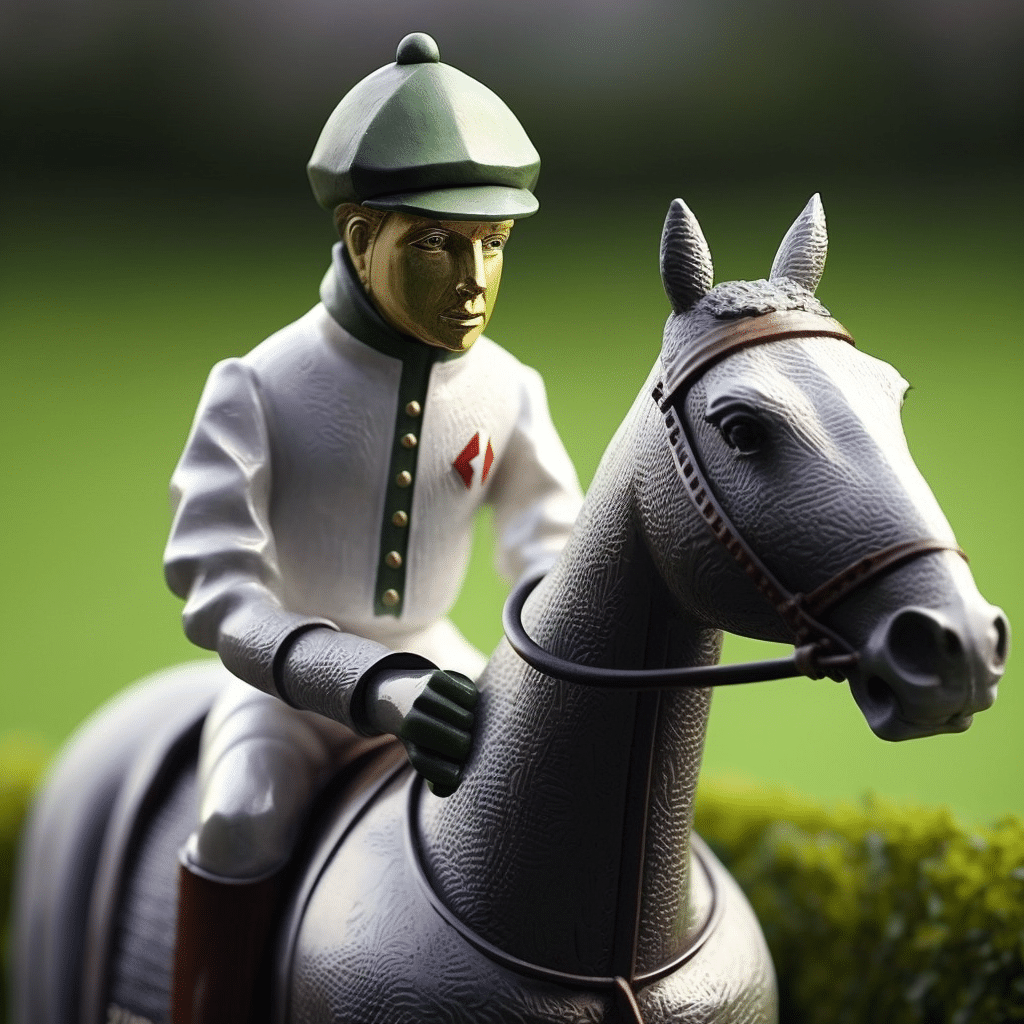
Examining the Present-Day Controversy
Neighborhood Dynamics: A Baltimore Perspective
In the historic and colorful cityscape of Baltimore, lawn jockeys sporadically surface in neighborhoods like Fells Point and Mount Vernon. Here, a diverse array of community responses unfolds. Some Baltimoreans cherish these statues as relics of eras past, while others argue fiercely against their presence, pointing to the lawn jockey as a lasting reminder of systemic racism. Neighbors and historians alike convene to discuss and contextualize these statues, reflecting a wider societal discourse.
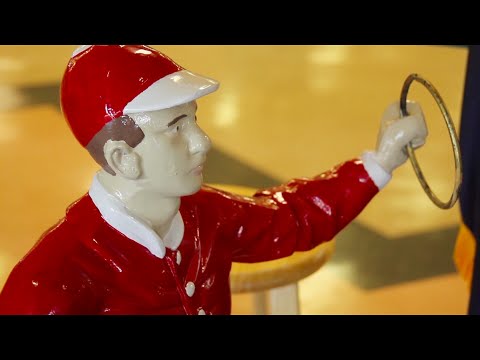
Artistic Interpretations and Influence on Public Art Installations
Toni Morrison’s “Bench By The Road” and Other Art Projects
Influential artists such as Toni Morrison have artfully re-engaged with the lawn jockey narrative through bold public art installations. Morrison’s project, “Bench By the Road,” places historical reflection at the forefront, challenging viewers to connect past injustices to modern awareness. Art remains a potent tool in re-contextualizing the lawn jockey, transforming it from static ornament to eloquent social statement.
Steps Toward Reconciliation and Education: Modern Efforts
Modern initiatives grounded in education and community dialogue strive to balance the deep-seated historical import of the lawn jockey with an ever-present quest for racial equity. Museums, cultural boards, and educational forums in Baltimore and beyond have become spaces where histories of oppression and tributes of bravery can coexist, educating newer generations on the delicate tightrope of collective memory.
Concluding Reflections: Future Projections on Lawn Jockeys
Reflecting on the lawn jockey‘s complex journey—stepping from revolutionary legends into a contentious present—the debate remains vibrant. Can increasingly informed perspectives repurpose symbols, or does the lawn jockey’s history indelibly cast it in controversy? The answer, it seems, lies in how communities choose to embrace or confront these reflections of the past.
In this era of profound cultural reckonings, the lawn jockey becomes more than a mere statue; it offers a compelling canvas for discourse. As we navigate an ever-interwoven tapestry of history and ongoing social change, understanding and discussing such symbols carves pathways for more empathetic and enlightened dialogues about our shared heritage.
Visit these links for more insights on public discourse and cultural interpretations in our society: Check out this captivating read on live action Hentai, understand your finances better with this monthly gross income guide, explore Friends office stories, and use this home finance calculator for better budgeting.
Complete your cultural journey by diving into the legacy of the celebrated Man o ‘ War horse and explore the casts in quirky films like Life After Beth cast.
Lawn Jockey Statue Origins and Controversy
The Mysterious Beginnings
The lawn jockey statue, a peculiar yet familiar sight on some front lawns, traces its enigmatic roots back to the 18th century. Emerging stories have painted its origin with various brushes, weaving in anecdotes of American folklore and even poignant tales from the Civil War. Believe it or not, one popular legend tells of a young African American boy named Jocko Graves, who heroically froze to death while holding a lantern for General George Washington’s troops. This tale, though heartwarming, has no historical evidence and remains steeped in fantasy.
The Symbolism: Ambiguous or Offensive?
Over the years, the lawn jockey has sparked debates, with many regarding it as a symbol of racial degradation while others argue for its representation as a historical artifact. Jessica Bengels, attorney, has pointed out that, like many controversial symbols, the lawn jockey’s meaning can shift dramatically depending on its context and presentation. She emphasizes the importance of considering both perspectives when reevaluating cultural symbols from our past.
Trivia and Fun Facts
Here’s where things get fascinating! Did you know that some lawn jockeys were purportedly used as secret signals during the Underground Railroad? They would be painted in different colors based on whether it was safe or dangerous for escaping slaves to proceed. It’s worth noting that this theory, though captivating, is still heavily debated among historians.
How about the fact that Leslie Jones’s nude statues were once humorously compared to lawn jockeys due to their stark and direct cultural reflections? This comparison highlights how public figures and symbols can sometimes intersect in unexpected ways, drawing parallels that resonate across different contexts.
Whether you see the lawn jockey as a relic from a bygone era or a symbol imbued with deep historical implications, its story is undeniably intertwined with the intricate tapestry of American history. So, next time you pass one, perhaps you’ll ponder just a bit more about the legends and layers behind this seemingly simple lawn ornament.
